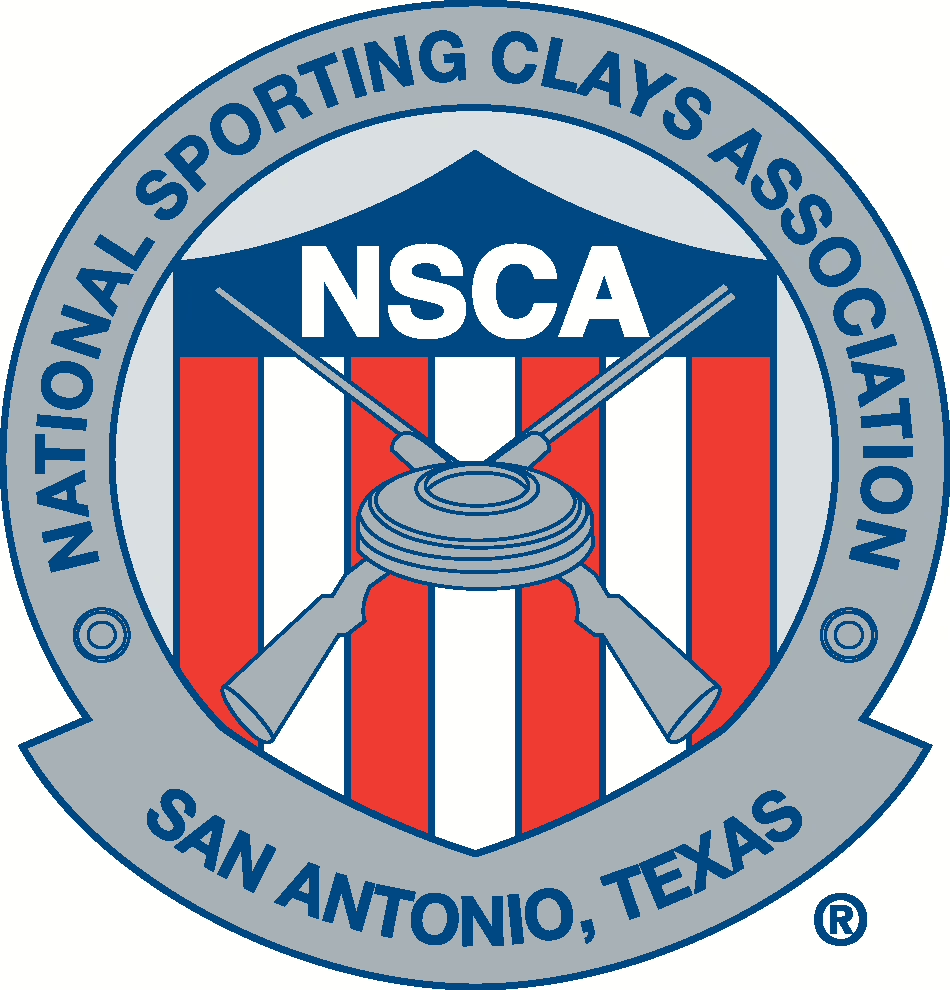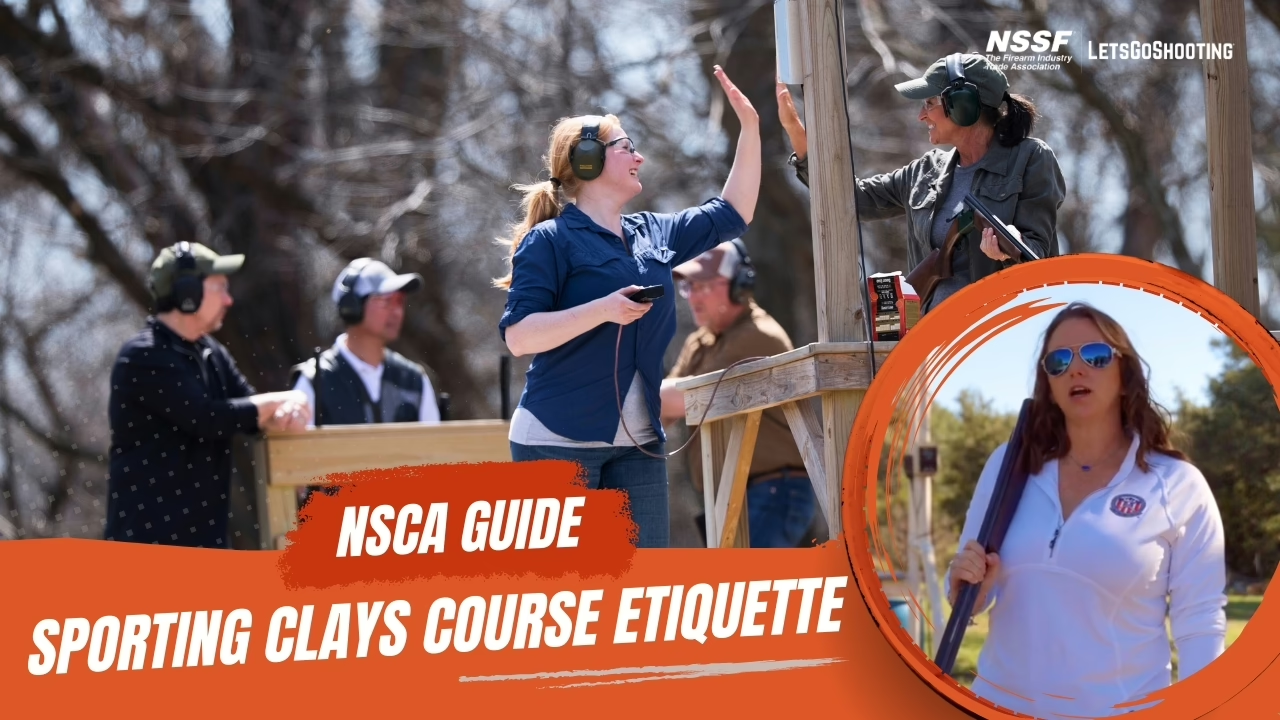Founded in 1989, the National Sporting Clays Association (NSCA) is the official governing body for sporting clays in the United States.
Discover Sporting Clays with the NSCA – Your Complete Beginner’s Guide
Welcome to the World of Sporting Clays
Often called "golf with a shotgun," sporting clays is a shotgun sport that challenges shooters with clay targets simulating game birds and is played through a dynamic outdoor course with multiple shooting stations.

Whether you’re a beginner or looking to refine your skills, this guide provides everything you need to get started.

Meet the NSCA
Get Involved!
The National Sporting Clays Association (NSCA) is your go-to authority for training, events and community support.
At a Glance
- Provides training programs, competitions and networking opportunities.
- Offers local and national tournaments.
- Committed to promoting the Sport of Sporting Clays.
What You'll Need
Essential Equipment for Sporting Clay Shooting
Whether you're a beginner or an experienced shooter, this guide will help you understand the gear required for a safe and enjoyable experience at the range.

Click the tabs below to learn more
How to Play
How a Round of Sporting Clays Works
What to expect during a round of sporting clays, including station setup, target sequences and rotation flow.

Safety & Sportsmanship
Understanding Sporting Clays Course Etiquette
From the moment you approach a station to when you finish your shots, it's important to follow proper protocols to ensure safety, respect and smooth course flow.

How to Participate
How to Get Involved with the NSCA
Joining the NSCA connects you to a nationwide community of sporting clays enthusiasts, offering access to training, events and competitions.

Visit NSCA Website
Visit MyNSCA.com for membership info, events and resources for new and experienced shooters.
Find a Local Club
Find sporting clays ranges near you with the NSCA Club Directory. Filter by state or region.
Participate in an Event
Join a registered sporting clays event to compete under NSCA rules at your classification level.
Join the NSCA for Free
Membership offers competitions, scoring, networking, rulebooks, newsletters and NSCA rankings.
NSSA-NSCA Target Talk Newsletter
Every week, NSSA-NSCA shares upcoming shooting events, shoot results, association news, shooting tips, skeet and sporting clays rules and procedures and all kinds of useful information.
Pull The Trigger Newsletter
Every month, NSSF shares video and article tips from experts in target shooting, hunting, firearm maintenance, game cooking and other firearm-related topics.

